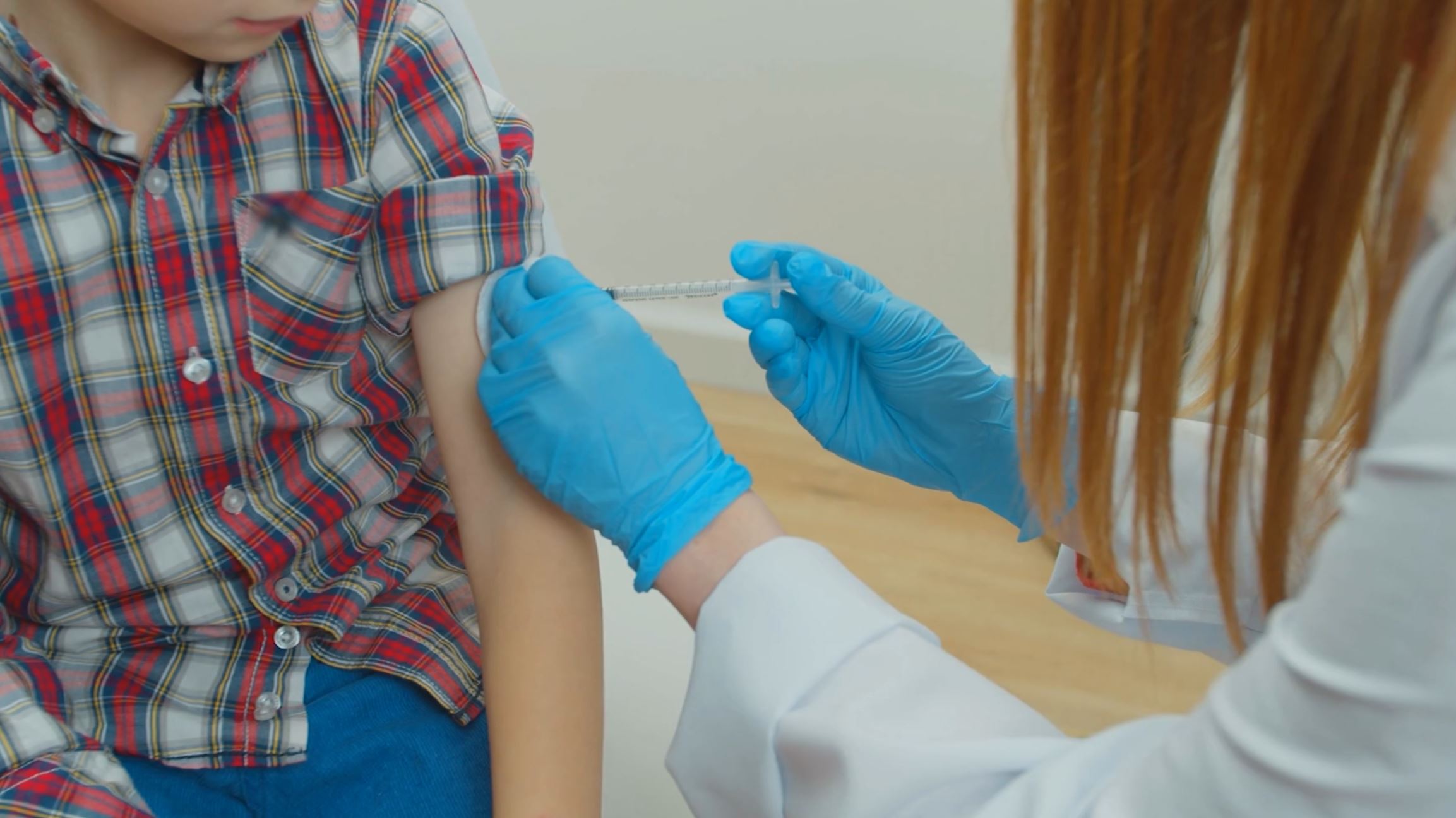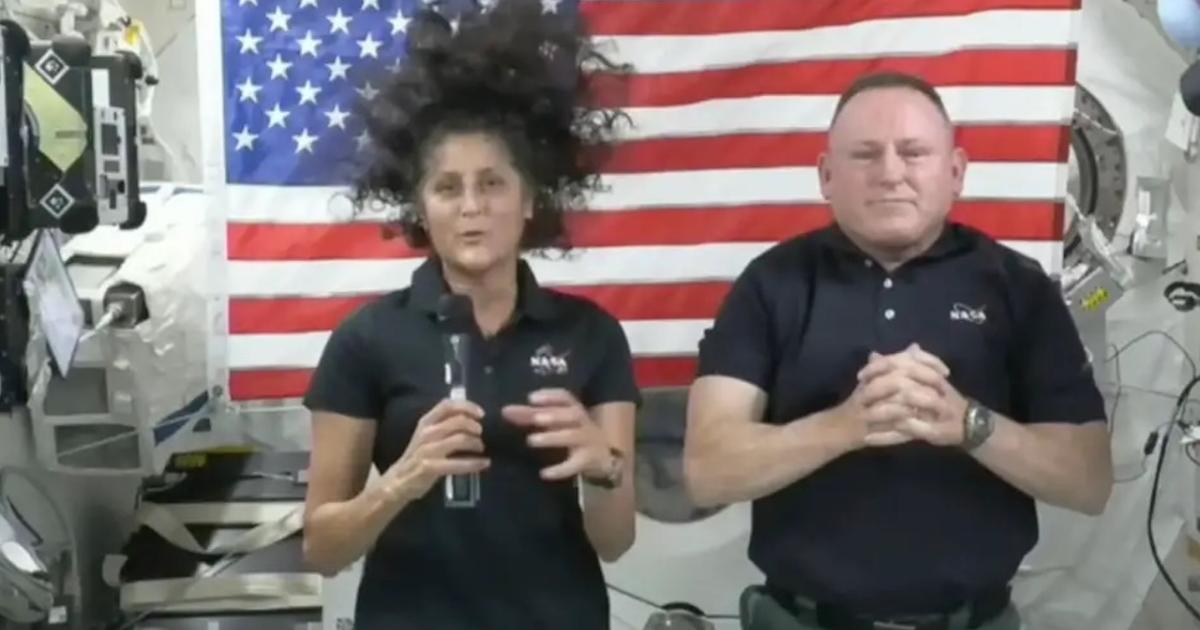
At NASA, we have a sense of humor, and when it came to finding a name for an instrument capable of probing the surface of Mars to do astrobiology, scientists chose Sherlock. This is an acronym for Survey of Habitable Environments using Raman and Luminescence for Organics and Chemicals. It stands for Analysis of Habitable Environments using Raman and Luminescence for Organics and Chemicals. The instrument is located on the articulated arm of the Perseverance rover, which has been roaming the Red Planet since 2021. The problem is that since the beginning of the year, Sherlock has been out of order. The lens cover is designed to protect the spectrometer and one of its cameras from dust.
Six months of testing and troubleshooting
Having already been deprived of her no-longer-functioning Ingenuity helicopter, Perseverance was somewhat limited in her experiences and even interests. Remember, the rover collects and stores samples of Martian rocks and regolith, which will then be sent to Earth.
The good news is that after “six months of diagnosis, testing, image and data analysis, troubleshooting, and retesting” to use the researchers' words, the instrument is working again, and is essential for searching for signs of ancient microbial life on Mars.
On June 17, Sherlock successfully analyzed a Martian rock. To do this, the device uses two cameras and a laser spectrometer to search for organic compounds and minerals in rocks that have been exposed to aquatic environments, which may indicate past microbial life.
Remotely, engineers can repair
In their report, the engineers detail the procedures that allowed them to fix the lens cap. Images taken by the rover’s Mastcam-Z instrument showed the SHERLOC lens cap moving. Analysis of these images revealed that the problem was caused by a small motor that moves the protective lens cap and adjusts the spectrograph’s focus and autofocus. By testing the solutions on a replica of SHERLOC at JPL, the team followed a careful process to try to reposition the cache.
Among numerous attempts, the team heated up the small motor, twisted the Sherlock in different directions, shook the mechanism to remove debris, and used the rover's impact drill to try to unscrew the cap. In March, images showed that the autofocus cover had opened more than 180 degrees, freeing up the field of view and allowing the autofocus to get closer to its target.
Device for searching for organic compounds
The team then used autofocus to take images of their calibration target on May 11, confirming that the cache issue had been resolved. “Once the cover was removed, a line of sight was established for the spectrometer and camera,” says Kyle Ockert, deputy principal investigator for JPL's Sherlock Laboratory. “We were halfway there.”
On May 20, the correct location of ACI on a Martian rock was confirmed, and on June 17, the spectrometer was validated, confirming that SHERLOC was working again. “Mars is tough, and recovering instruments is even tougher,” concludes Art Thompson, Perseverance project manager at JPL. “The team never gave up. With SHERLOC back online, we continue our exploration and sample collection with a full suite of science instruments.”






